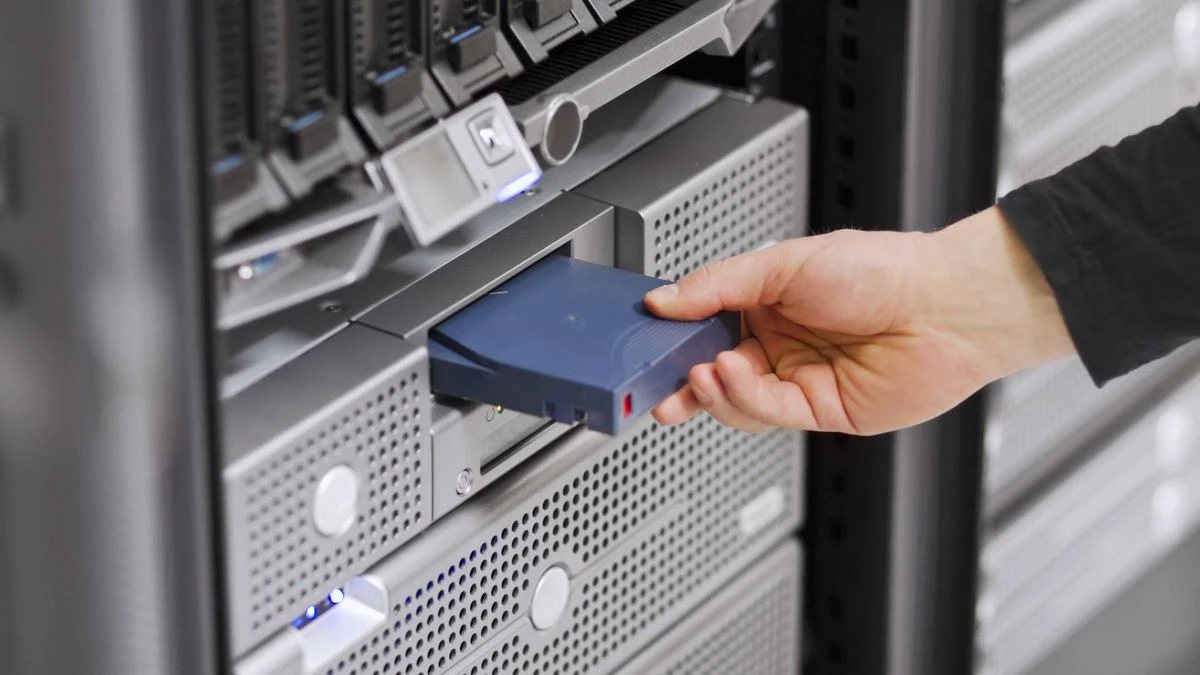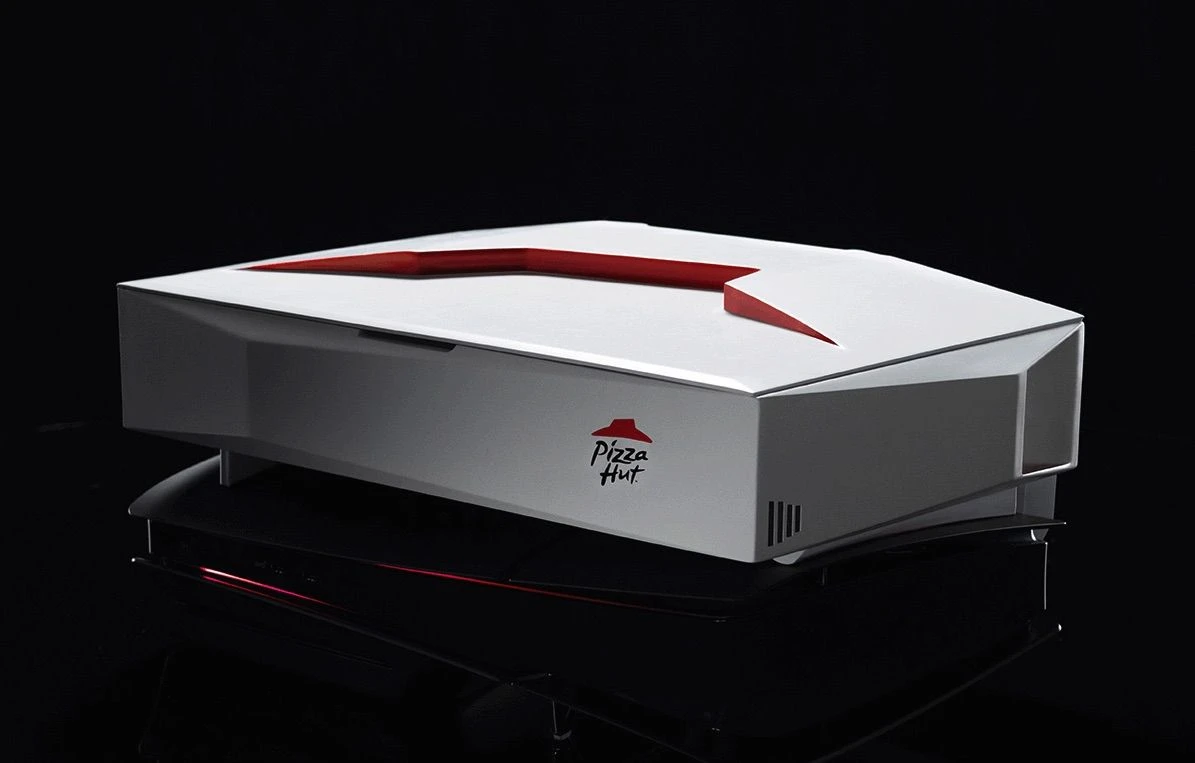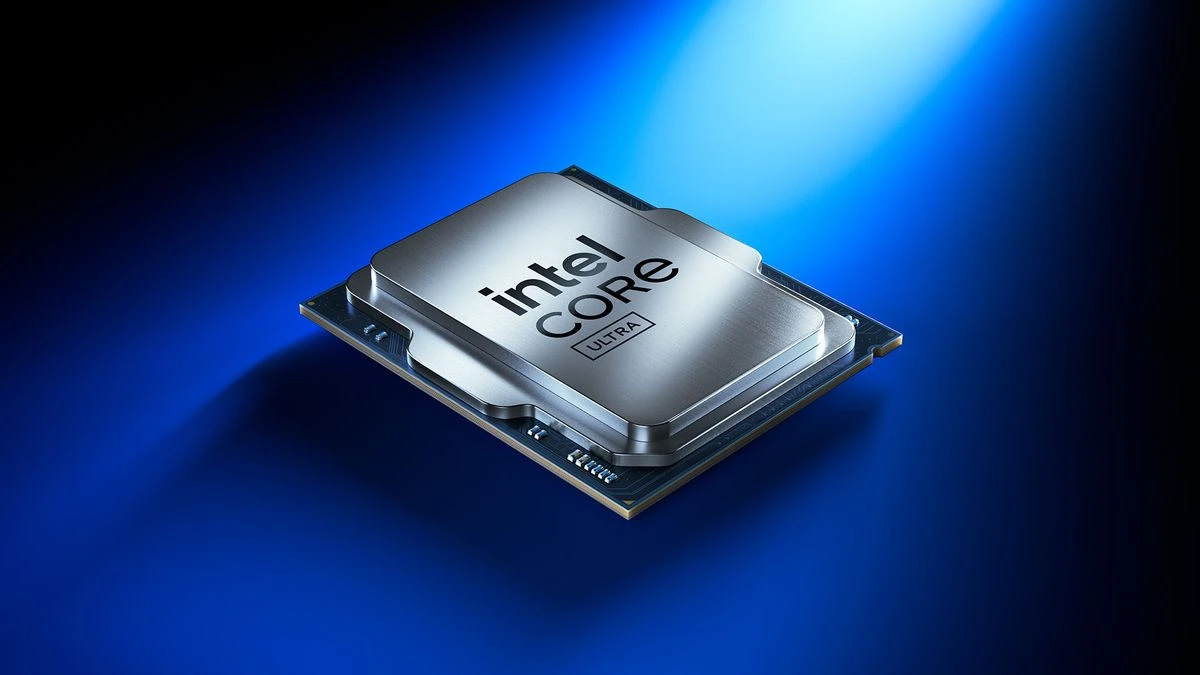Huawei was forced to create a hybrid SSD/tape drive for data archiving due to export restrictions
Magnetic tape is still the preferred choice for data centre managers when it comes to cheap, but massive data storage. Its slow read speed is not ideal if you want to quickly grab data from it. Huawei believes it has the best solution with its magnetic-electric drive, which combines a large SSD and twin tape spools, as well as drivers, in one convenient unit.
China's data centre market is experiencing a problem with long-term storage. US technology export restrictions are making it harder to obtain disk and tape drives. To ensure that the sector has reliable data storage solutions Huawei has developed an incredibly clever hybrid system.
According to Blocks and Files, via ComputerBase, the so-called Magnetic-Electric Drives (MEDs) combine a SSD and a complete tape drive storage system into a single rackmount (rather than having tapes and drives separated as shown in the top of this article).
Huawei's development focuses on handling warm and cold data - information that is only accessed occasionally, or kept for archival reasons.
The setup is such that the warm data is first written to the SSD and then when it is time to store it onto the tape it is restructured to a large block of sequential information, making it faster to write. While cold data access will still be as slow as it has always been with tape drives, warm data requests will now be handled by the SSD. This will make them much faster.
It sounds cool, right? I do have some concerns. Modern NAND flash memory is very reliable but it doesn't last as long as magnetic tape. This means that there's a high chance that the MED will be junk much sooner than a normal magnetic tape drive because the internal SSD is failing.
A large SSD can help mitigate this problem. The larger the NAND flash drive is, the longer it lasts because each memory cell gets written to, and then left alone. The drive will only erase cells once all the data has been written. The more cells you have the longer it will be to write them.
I'm also curious about how the algorithm determines when warm data is classified as cold data, and then stuffed onto tape. If it gets that wrong, the rest of system will grind to an halt while it waits for 'warm' information.
When I say wait, I don't mean milliseconds. It can take several minutes before a tape reaches the correct location and can be read.
According to the saying, the Devil drives and Huawei is only doing it because it feels like it has no other choice. According to Block and Files, the first MEDs are expected to arrive in 2025 with capacities of up to 72 TB and a power consumption of only 10% of equivalent disk drives.
It's another matter whether the technology will ever catch on, and I'm certain many of you have an SSHD in their old gaming PC. These were hybrid hard drives with a small amount NAND flash acting as a caching system to boost performance. The SSDs weren't bad, but outside of synthetic benchmarks they didn't provide much of a boost.
I'd say Huawei's MEDs would be a lot more superior in this regard, but I doubt anyone outside China will have the chance to own one. It's a shame, as it would be fun to test one out and compare it with a gaming SSD just for giggles.




Comments